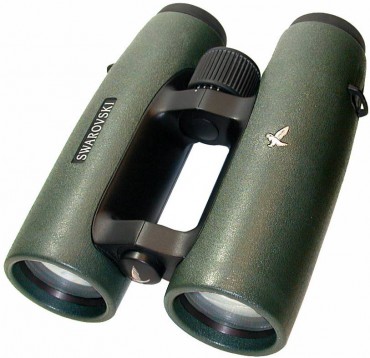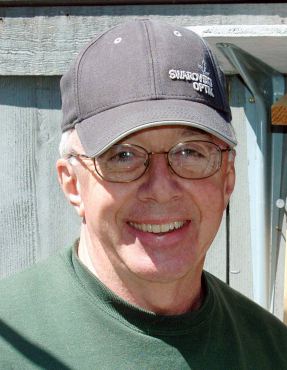 When and Where
When and Where
Choosing which binoculars to buy is based on a wide variety of factors. The most important are when and where will you be using them and what you want to see. To answer these questions, you must do your homework.
“When” and “where” will determine if you need binoculars that are good at light gathering. If you will use binoculars early in the morning, late in the evening, during overcast or rainy situations, you will need some that deliver a lot of light to your eyes. If you are in the woods under a thick canopy or in the shadows, regardless of time of day, you need binoculars that gather and deliver as much light as possible. Conversely, if you will only use them during bright, sunny days, light gathering is not as important. If you use binoculars in the rain or snow, you must look for waterproof (not water-resistant or weather-proof) and fog-proof binoculars that are filled with nitrogen. Water-resistant or weather-proof binoculars will fog internally in the rain or snow and, therefore, you’ll only see gray with them until they are dried.
The Size of the Lens
To determine binoculars’ ability to deliver light, take the objective lens size (the second of the two numbers on a binocular) and divide it by the magnification (the first of the two numbers.) The higher the resulting number, the wider the beam of light that is delivered to your eyes. To ensure the binoculars are delivering the crispest, clearest image, select ones that have fully multicoated lenses that are at least BAK4 lens type or better. The type called BK7 (used in cheap binoculars) is low-grade glass that will deliver a low-grade image.
 Higher vs. Lower Magnification
Higher vs. Lower Magnification
The “what” will determine the magnification, close focus and field of view. If you are looking at objects that are very far away, higher magnification may be more important but realize that higher magnification binoculars will be more difficult to hold steady and their light-gathering capability will be reduced compared to a lower magnification. If you are studying birds and bugs, binoculars that focus close are very important. The field of view is the distance from left to right that you can see when you look through binoculars. A wider field of view eases your ability to find whatever you picked up the binoculars to see. However, when all other things are equal, your field of view narrows as you increase in magnification.
 Lining Up With Your Eyes
Lining Up With Your Eyes
Make sure that you are getting binoculars that work with your eyes. You must ensure that your eyes line up with the ocular lenses (the lenses closest to your eyes). Interpupillary distance (the distance between the centers of your pupils) must be within the interpupillary range of the binoculars. If not, then do not purchase those binoculars. You can only determine this if you look through them before you purchase. If you wear eyeglasses/sunglasses when using binoculars, make sure the eyecups around the ocular lenses are down. If the eyecups are up and you are wearing eyeglasses, your eyes are too far away from the ocular lens and your field of view will narrow. If you don’t wear eyeglasses, twist or move the eyecups up so that your eyes have enough room to move and your eyelashes don’t get in the way. When your eyes are too close to the lens, you will see irregular shadows. When the eyecups are set correctly, you can stabilize the binoculars by “resting” them on your eyebrows or eyeglasses.
These are a few of the aspects to keep in mind when looking for binoculars that are the correct ones for you. Touch and test the binocular before you buy.
This article was first published in the Winter of 2011 print edition of the WestSound Magazine. Any discrepancies, omissions, or inclusions that seem incorrect are purely due to the age of this article. WestSound Magazine deemed this article useful and beneficial as a contribution to today's readership, and therefore is included in this site's online article archives. If you feel the content of this article is detrimental due to its age, please feel free to contact us to request removal or modification.
























